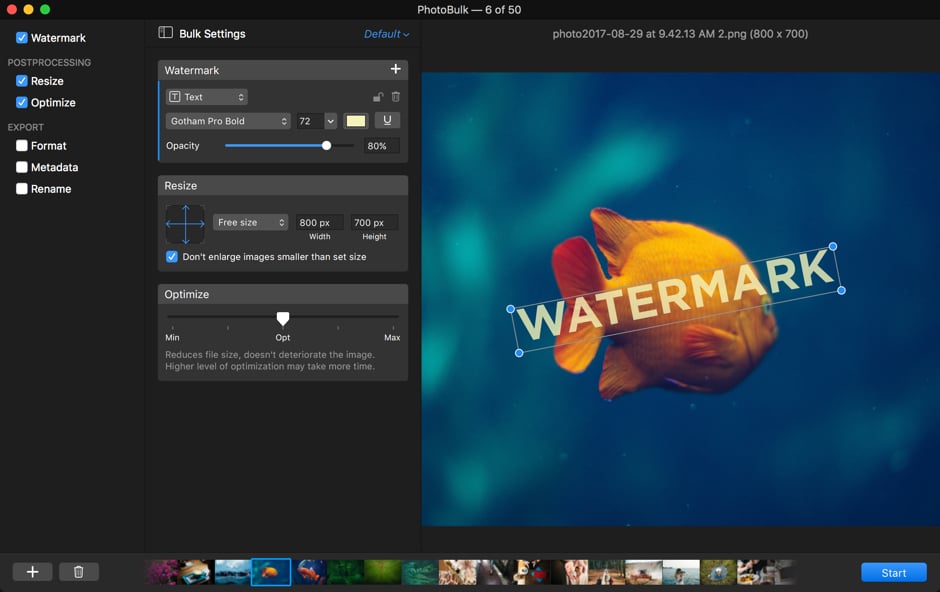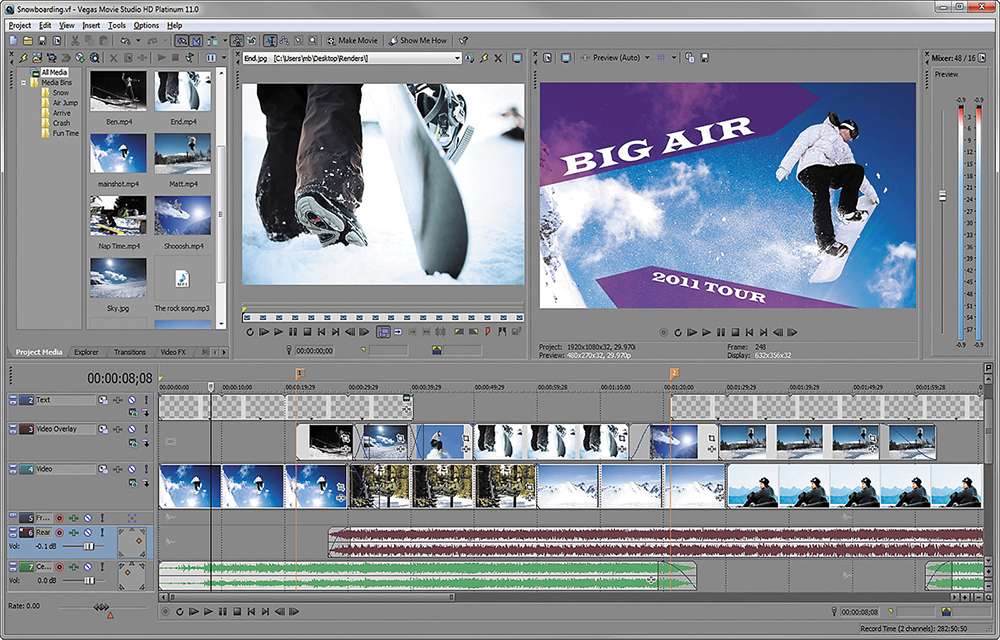Look in the Windows 8 Store, the Mac App Store, even the Chrome Web Store and you'll find plenty of options. Or stop looking right now and consult our collection of the very best in free image.
Long gone are the days where snapshots came back from the photo lab and disappeared into albums and shoe boxes. Now, digital photos are tweaked, adjusted, and remixed in ways their analog counterparts couldn't imagine.
Photo by NoiceCollusion.
Earlier this week we asked you to share your favorite image editing tool. The votes have been tallied and now we're back with the top five contenders for the crown of Best Image Editor.
Advertisement

Best Image Editing Tool?
Once the venue of seasoned photographers with dark rooms and bins of chemicals, photo touch ups and …
Read more ReadPicasa (Windows/Mac/Linux, Free)
Advertisement
Free Jpeg Editor For Mac
Picasa is the kind of application that geeks love because it's so simple and effective and non-geeks love because they usually don't have the time or inclination to get bogged down in the more technical aspects of digital photography. If your tech un-savvy mom or dad emailed you tomorrow and said she or he needed an easy-to-use program for organizing and editing photos, you'd likely send them to download Picasa. The built in editor is more than robust enough for most casual users and includes basic color correction, cropping, and a variety of special effects—the majority of which manage to avoid being cheesy. Picasa isn't a tool for deep and detailed editing, but it's extremely easy to use for the kind of quick crop and correct editing most digital camera owners need.
GIMP (Windows/Mac/*nix, Free)
Advertisement
GIMP has long been toted as the open-source competitor to Adobe Photoshop. Many people are quick to point out GIMP's shortcomings, claiming it isn't a true Photoshop replacement, but in the process they overlook what GIMP has accomplished. Without the extremely polished and commercially driven Photoshop to stand against, GIMP is almost entirely unrivaled in sophistication. Color correction, channel mixing, advanced cloning, paths, and layered compositions are all part of the GIMP package. There is very little the average Photoshop user does that can't be done in GIMP, and if you're not working for a company footing the bill for Photoshop, the free-as-in-beer price tag looks mighty fine.
Adobe Photoshop (Windows/Mac, $699)
Advertisement
Photoshop has achieved such status in the design community and such widespread recognition by the general public that even non-designers recognize what someone is saying when they exclaim, 'That's photoshopped!' Many of the techniques and methods that are standard across photo editing software were pioneered in Photoshop, like layers, slices, and image correcting macros and filters. On its own Photoshop is a titan of photo editing power, but thanks to a nearly complete dominance in the graphic editing industry, there are entire companies devoted to creating plugins for it. When it comes to manipulating images, if you can't do it in Photoshop, there's a strong chance you won't be able to do it at all. Photo by HVarga.
Paint.net (Windows, Free)
Advertisement
Paint.net was originally the senior project of some computer science students at Washington State University, taken on under the mentorship of Microsoft. The project exceeded expectations and has been in development now for 6 years. Over the years it has grown to include layer-based composition, blending, and support for plugins—the majority of which are designed by an active support community. The interface of Paint.net is easy to pick up, and an unlimited undo function makes correcting your learning-curve mishaps a snap—making Paint.net a favorite among Windows users looking for a no-nonsense (yet powerful) image editor.
Adobe Lightroom (Windows/Mac, $299)
Advertisement
Jpeg Editor Online
Lightroom is on the same branch of the editing family tree as Picasa: a hybrid of an organizational tool and a photo editor. Unlike its big brother Photoshop, Lightroom wasn't designed to be a detailed pixel-by-pixel editing tool. Lightroom focuses on being a digital darkroom for modern photographers, allowing them to quickly make the corrections necessary to their workflows. Lightroom excels at batch work and advanced color balance corrections; photographers can even tether their cameras to their computers with Lightroom integrating directly into their editing workflow. Photoshop might be the appropriate tool for giving a single image a deep and intense workover, but Lightroom is the tool you call on when you have a huge batch of images from a photoshoot that need to be cropped, corrected, and made print ready as soon as possible. Photo by M. Keefe.
Now that you've seen the top five contenders for best image editing application, it's time to log your vote to determine who goes home with the crown.
Advertisement
Which Image Editor is Best?
( online surveys)

Jpeg Editor For Mac Free Download
Can't believe your favorite editor didn't make it to the top five? Wishing a copy of Adobe Photoshop would fall off the back of a truck for you? Sound off in the comments below with your photo editing opinions.
Advertisement